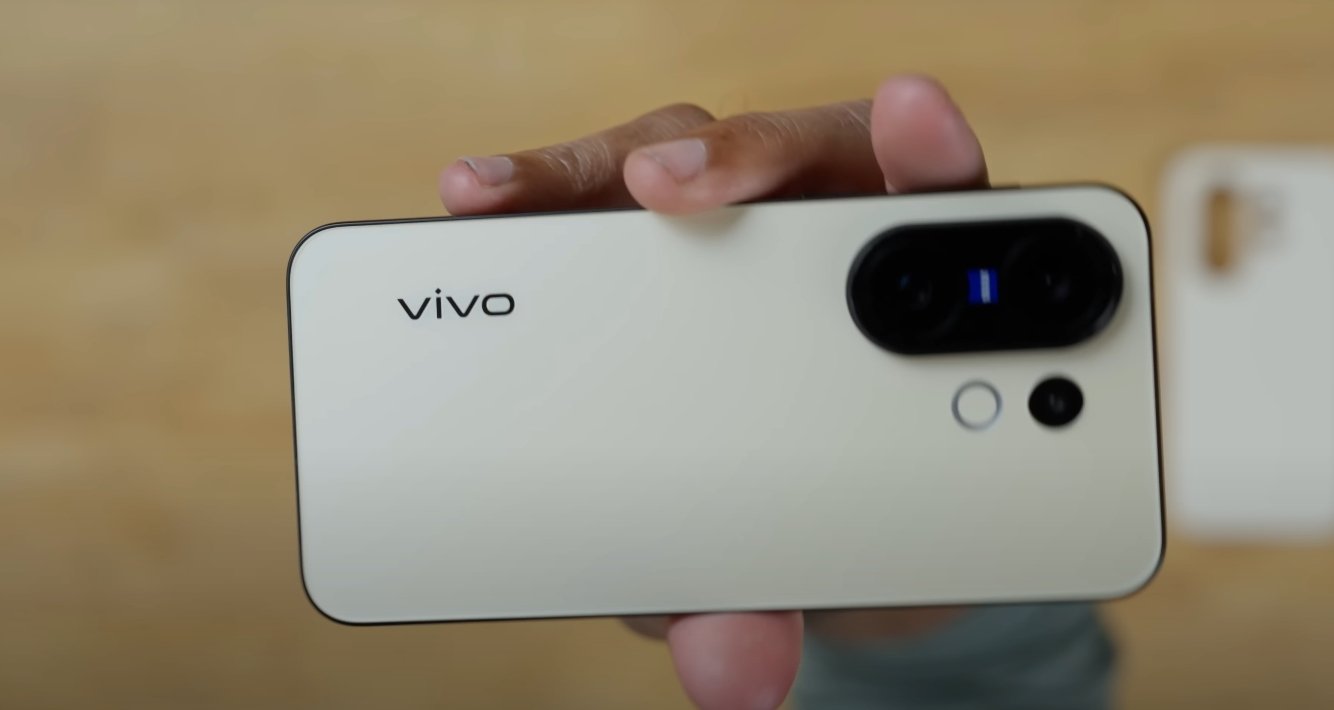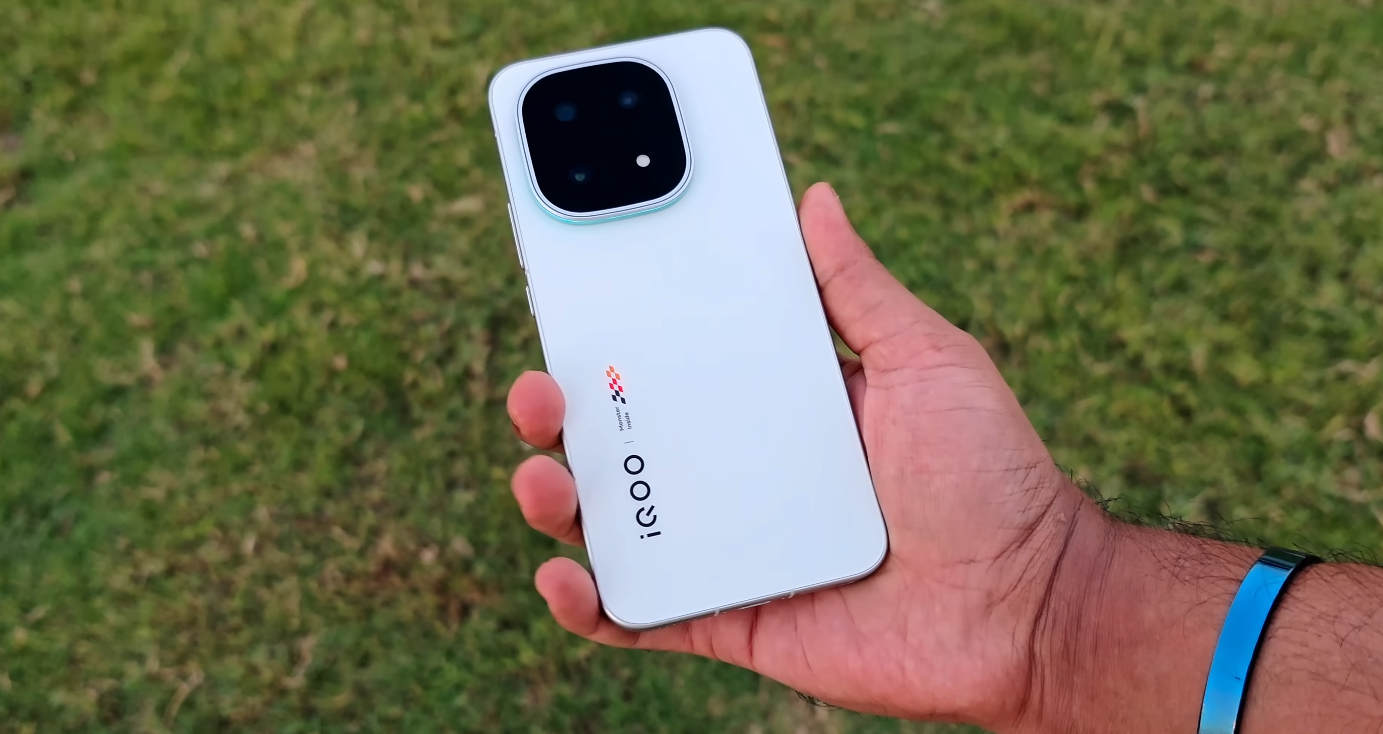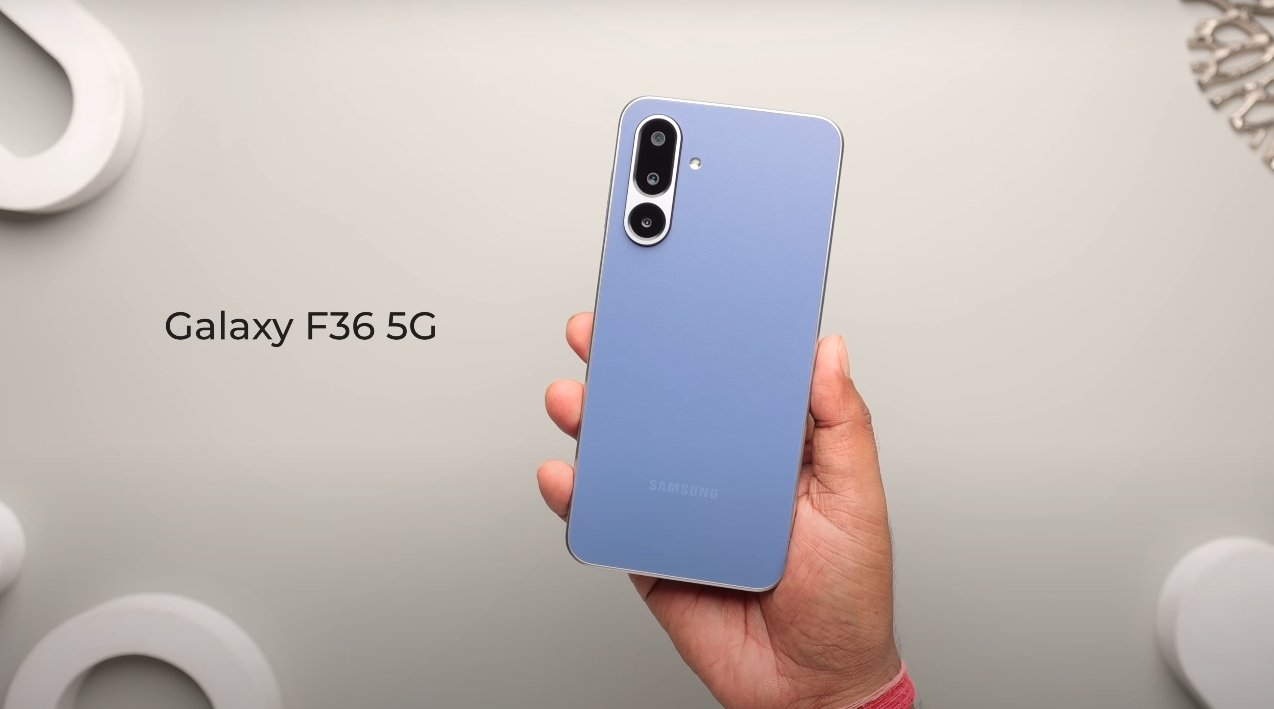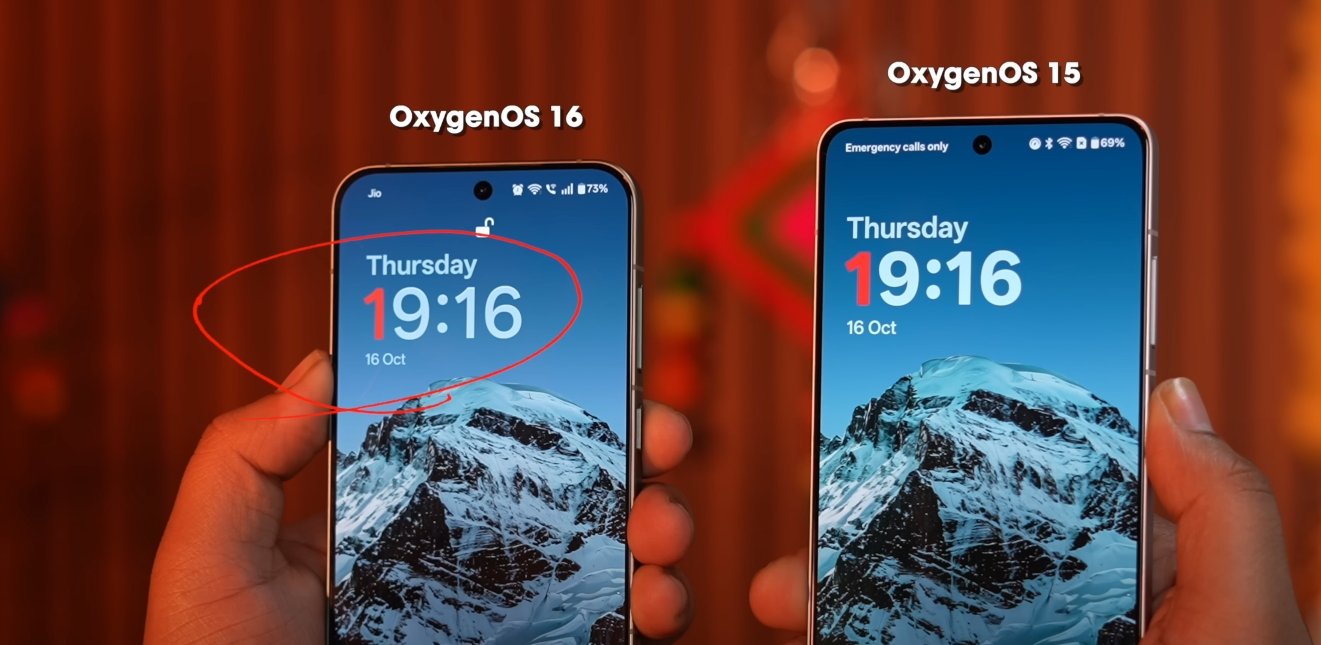The Redmi K90 Pro Max could disrupt Canada’s premium phone landscape
As the Redmi K90 Pro Max gains global attention for its powerful features and aggressive pricing, Canadian smartphone buyers and industry analysts are beginning to speculate on how its introduction—officially or through import channels—could influence the local market. The latter part of 2025 could mark a significant shift, particularly in how consumers perceive value, performance, and brand prestige in the premium smartphone segment.
The most immediate effect of the Redmi K90 Pro Max’s presence in Canada would be felt in the pricing dynamics of flagship devices. Canadian consumers have grown accustomed to paying over CAD 1,200 for high-end models from brands like Samsung, Google, and Apple. If the Redmi K90 Pro Max enters the scene at a significantly lower price—whether through official channels or grey-market imports—it could reset expectations of what constitutes a “premium” device. The phone’s rumored Snapdragon 8 Gen 4 chipset, large battery, 5× optical zoom, and advanced display technology rival those of top-tier competitors, yet at potentially hundreds less. This shift could pressure other manufacturers to justify their price tags with improved software support, camera innovations, or bundled services.
The grey-market effect could be the second major factor shaping the Canadian smartphone landscape. With no official confirmation yet of a local Redmi release, many enthusiasts are already turning to international sellers to secure the latest models. This pattern has grown familiar among Canadians who seek devices not yet certified for North American carriers. These unofficial imports create both opportunities and challenges: while they allow early adopters to access cutting-edge tech at lower prices, they also carry risks such as limited warranty coverage, lack of local repair options, and occasional network compatibility issues. Nonetheless, strong word-of-mouth and online reviews often help build trust around these imported models, which can further fuel parallel import growth.

The Canadian carriers’ response to such devices will play a crucial role in defining the impact of the K90 Pro Max. Major networks like Rogers, Bell, and Telus typically favor certified devices that meet Canadian radio and safety standards. If the Redmi K90 Pro Max remains an uncertified import, carriers might restrict certain services such as Wi-Fi Calling or 5G band optimization. However, if Xiaomi decides to pursue official certification for a global or North American version, this could open doors for direct carrier partnerships. That move would mark Redmi’s formal entry into the mainstream market, potentially altering how new devices are priced, marketed, and financed across Canada.
Beyond carriers, consumer perception will also evolve. Historically, Canadian buyers have placed high trust in familiar brands with strong service networks. But with tech-savvy users increasingly aware of global models and pricing, brand loyalty is starting to give way to value-driven decisions. The Redmi K90 Pro Max, with its combination of flagship hardware and competitive pricing, appeals to this growing segment. It may not immediately dethrone established brands, but it can change purchasing behavior by making consumers question whether expensive flagships offer sufficient advantages.
The competitive response from Samsung and Google will likely include more aggressive promotions, extended software support, and bundled ecosystem perks. Samsung may push trade-in bonuses or Galaxy ecosystem discounts, while Google could emphasize seamless integration with its Pixel software experience. Meanwhile, Apple’s position, though secure at the high end, could face indirect pressure as consumers become more price-sensitive across all tiers. The arrival of an imported or officially distributed Redmi device could also push midrange phones from Motorola, OnePlus, and Nothing to adjust their offerings to stay relevant.
A less visible but equally important shift could happen in accessory and retail ecosystems. If the Redmi K90 Pro Max gains traction, retailers and online stores may begin stocking more third-party accessories, cases, and chargers compatible with the device. This ecosystem support would further legitimize imported phones, reducing friction for buyers who once hesitated due to accessory availability. As the accessory market adapts, the line between officially supported and imported devices could blur even more.
However, challenges remain. Import duties, lack of bilingual packaging compliance, and uncertain after-sales service may slow Redmi’s expansion. Additionally, consumers who rely on carrier financing options might be reluctant to pay upfront for imported units. Still, the K90 Pro Max’s performance-to-price ratio could attract enough buyers to influence broader pricing trends. Even without an official presence, its existence alone serves as a benchmark for what consumers should expect at different price points.
In the longer term, if Xiaomi introduces a certified global model that meets Canadian standards, the effects could be profound. Official support would enable Redmi to compete directly with Samsung and Google in retail channels, forcing a recalibration of prices and features across the entire premium segment. Such a development could democratize access to flagship-level devices in Canada and challenge long-held assumptions about which brands dominate innovation and value.
In summary, the Redmi K90 Pro Max’s launch—official or otherwise—has the potential to reshape Canada’s smartphone market in late 2025. Whether through pricing pressure, increased grey-market activity, or changing consumer expectations, its arrival represents more than just another phone release. It signals a shift toward a more globally aware and value-driven consumer base, one that demands performance without overpaying for branding. If Redmi can back its hardware prowess with sustained software updates and potential certification for Canadian carriers, it could permanently alter how premium smartphones are bought, sold, and perceived across the country.
Also Read: Canadian buyer checklist for Redmi K90 Pro Max: specs, warranty, import compatibility








